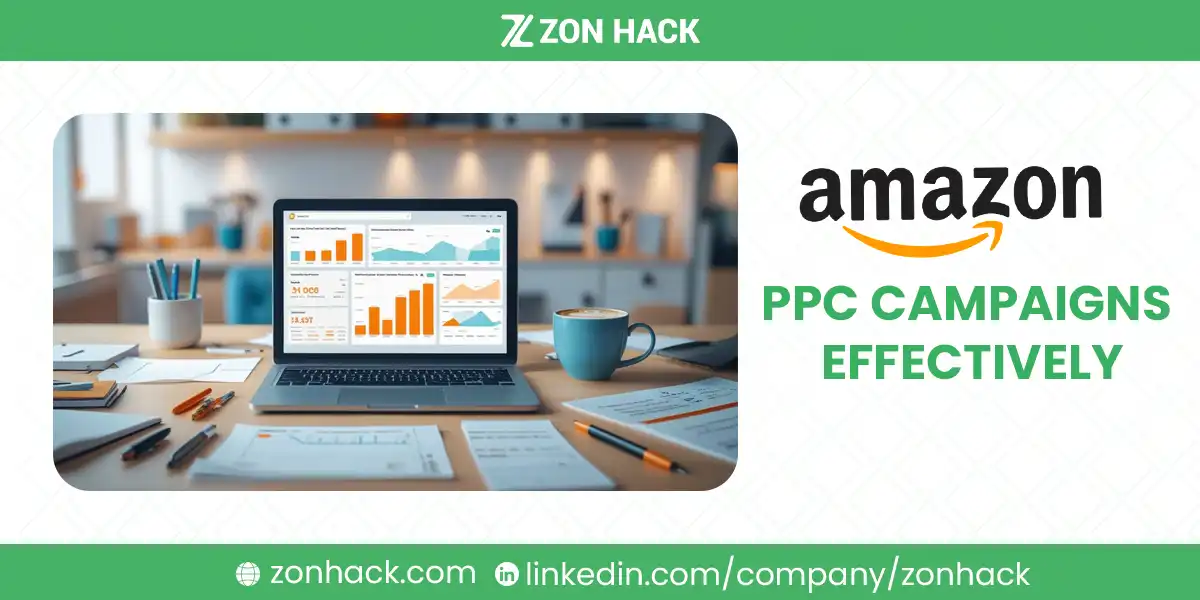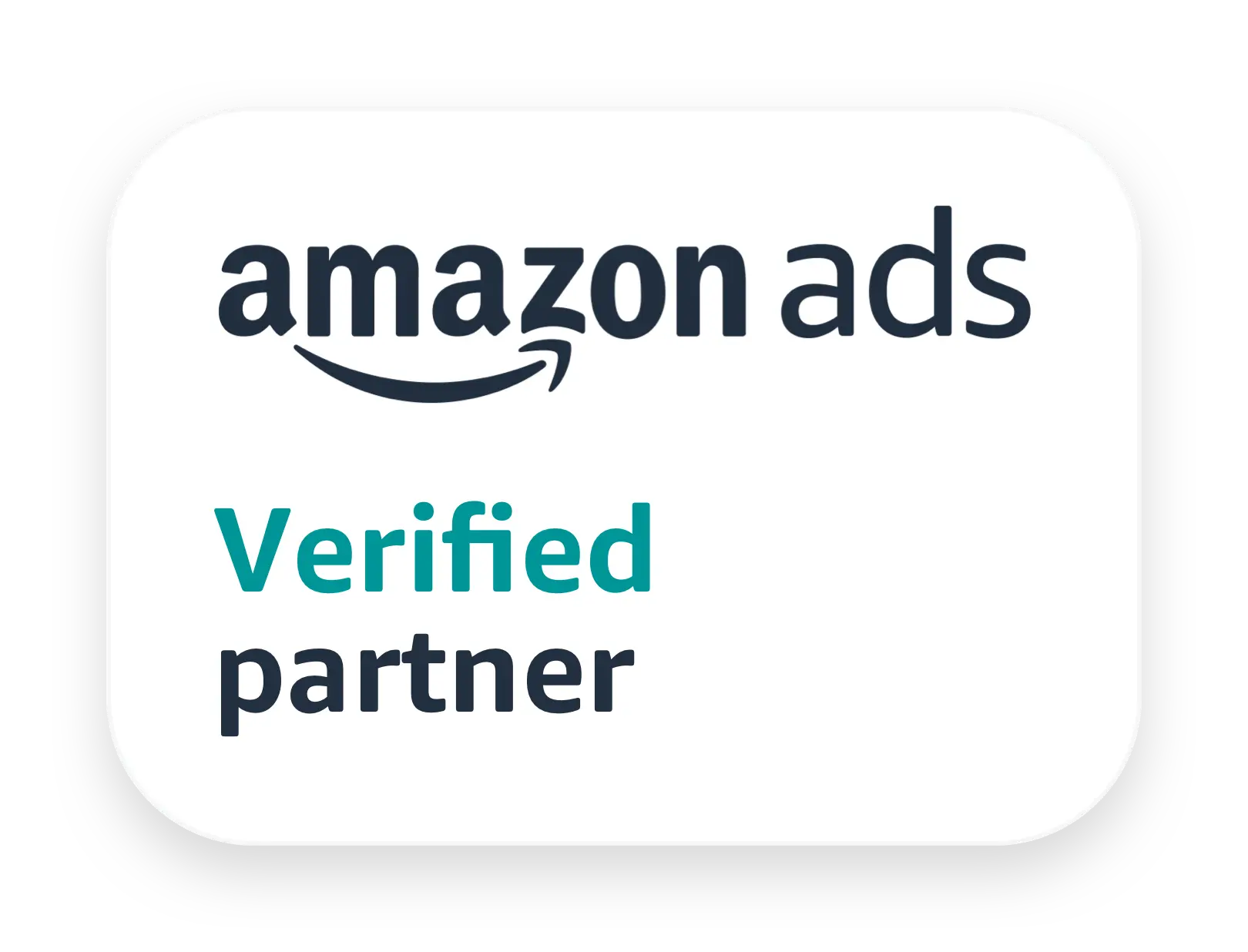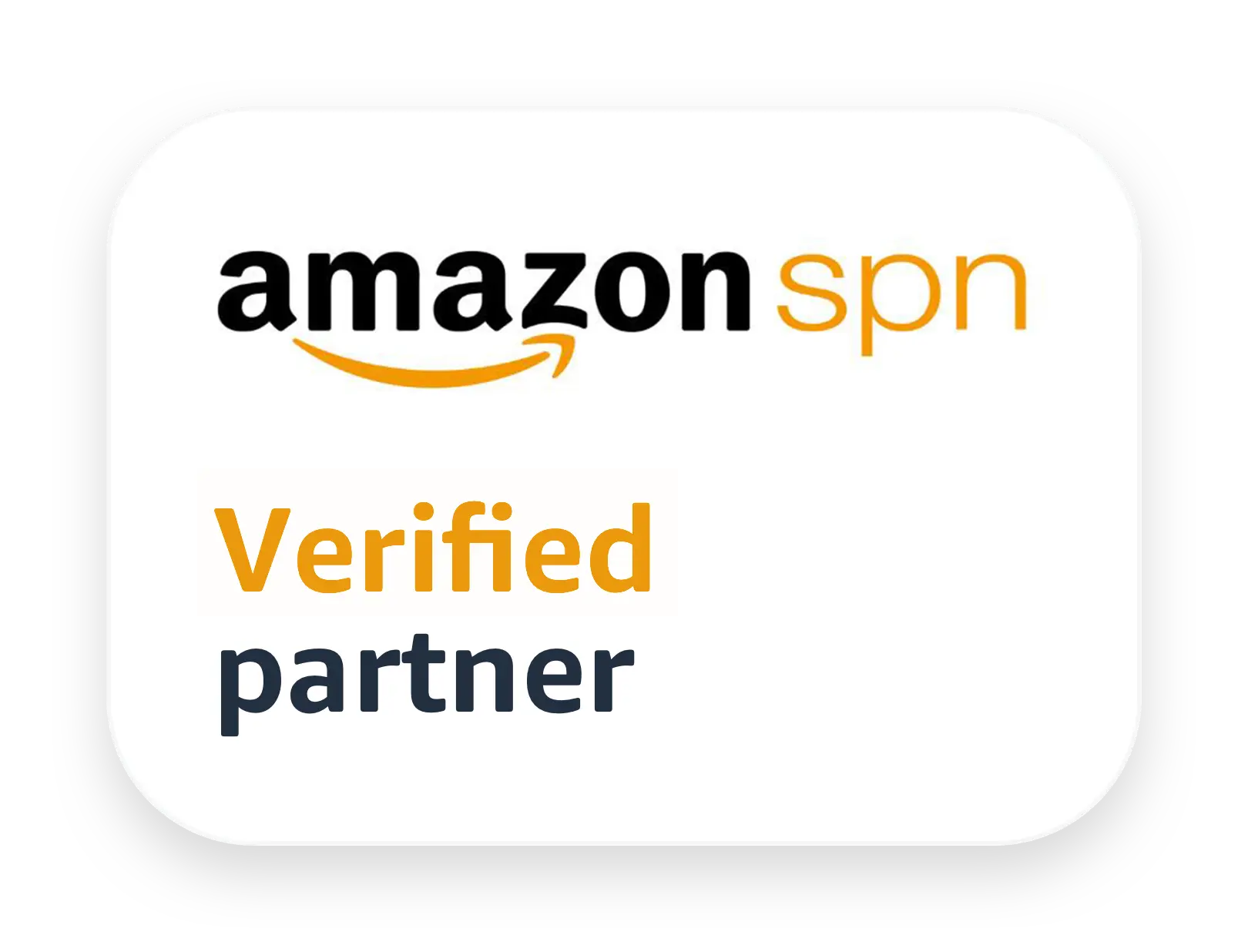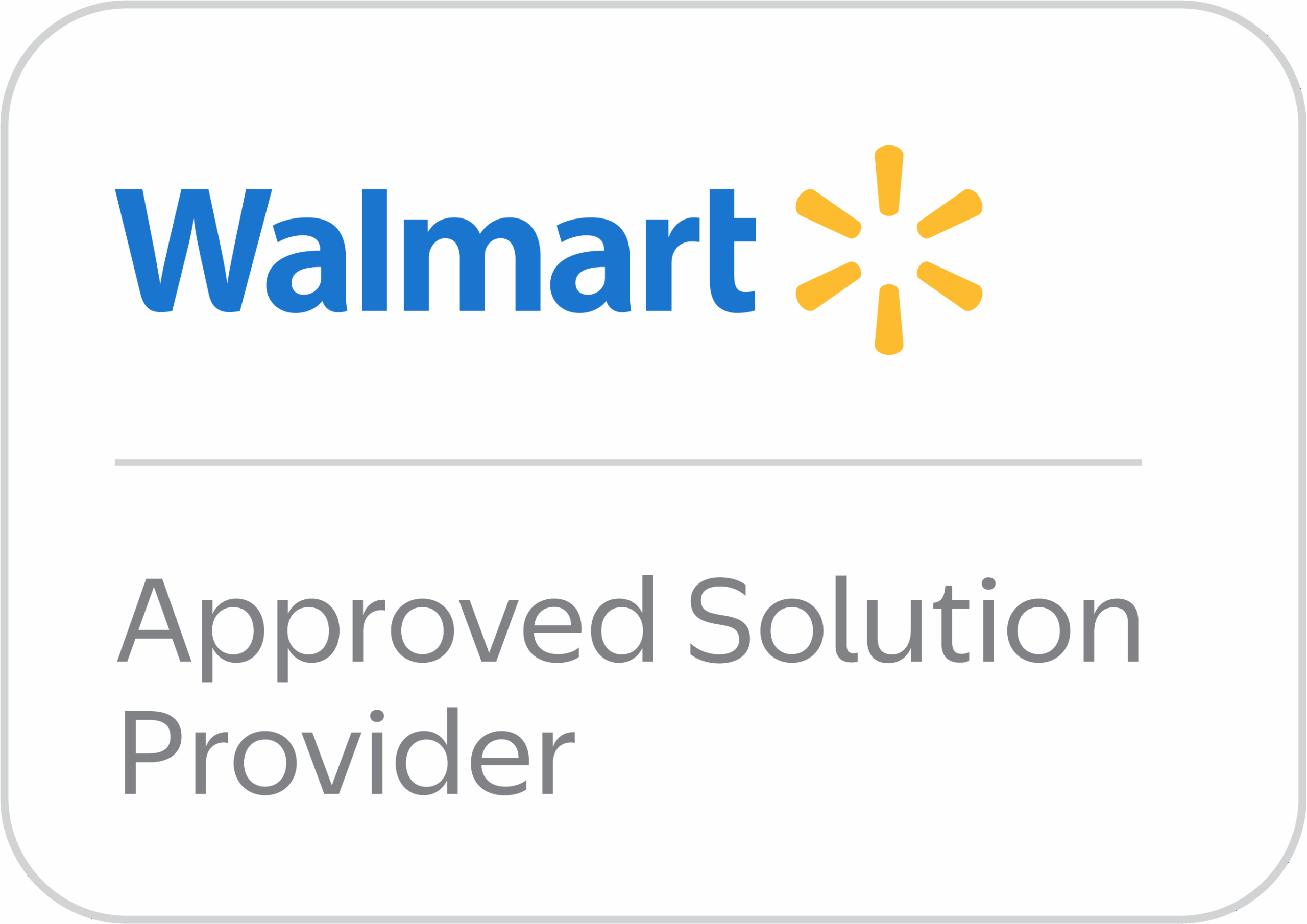A well-structured Amazon PPC campaign isn’t just good practice—it’s the foundation of long-term profitability and scale. Without it, your ad budget will leak through inefficient targeting, messy data, and internal bidding wars. But when done right? It creates a self-optimizing growth engine.
At ZonHack, we help Amazon sellers design PPC campaign structures that not only work, but win. Whether you’re launching a new product or scaling a seven-figure account, how you organize your ads determines your ability to optimize, expand, and protect your bottom line.
Let’s break it down step by step.
What Is Amazon PPC Campaign Structure (And Why It Matters)
Think of your Amazon Ads account like a digital warehouse.
At the top, you have Campaigns. Inside each, you place Ad Groups. Each Ad Group holds your Keywords, Product Targets, and Sponsored ASINs.
This hierarchy isn’t just for visual organization. It impacts how Amazon delivers your ads, how you analyze performance, and how you optimize spend.
A poor structure can lead to:
- Wasted budget from internal competition
- Mixed targeting signals that confuse Amazon’s algorithm
- Dirty performance data that’s hard to act on
A clean structure enables:
- Precision targeting
- Easier optimization
- Clear reporting
- Higher return on ad spend (ROAS)
At ZonHack, we often say: “Your PPC structure is your profit lever.” Get this right, and everything else becomes easier.
Start With Strategy: Key Factors Before You Build
Before opening your Amazon Ads dashboard, take a step back and evaluate your business context. Structure should be purpose-built.
Here’s what we look at before designing a campaign framework:
1. Product catalog size
Are you managing a few focused ASINs or a broad portfolio? If you have 5 products, a simpler structure works. If you have 500, segmentation becomes critical.
2. Niche and category alignment
Are all your products in a single category (e.g., supplements)? Or spread across different niches? Grouping should follow relevance.
3. Hero SKUs vs. supporting products
Are a few ASINs driving most of your revenue? Those SKUs need isolated focus. Don’t lump them into generic campaigns.
4. Campaign goals
Are you focused on launching, scaling, defending your brand, or pushing profitability? Each goal requires a different setup.
5. Account maturity
Is this a new brand or an established seller with years of data? With mature accounts, we can mine historical insights to inform structure.
Choosing the Right Products to Advertise
You don’t need to advertise every product equally. In fact, treating all ASINs the same is a recipe for wasted spend.
Let’s break it down:
All-in-one vs. Segmented Campaigns
If you put 10 ASINs into a single campaign, Amazon distributes impressions unevenly. Often, 1 or 2 products dominate. The rest get buried. This dilutes performance data and makes budget control difficult.
Instead, we recommend segmenting campaigns by product type, lifecycle stage, or sales rank.
Launch Campaigns for New ASINs
New listings need breathing room. Launch them in their own campaigns to:
- Control budget
- Monitor performance
- Avoid suppression by high-performing SKUs
ZonHack Pro Tip: Launch campaigns for new ASINs using both automatic and manual targeting. This helps gain initial traction and harvest early keyword data.
Protect Your Hero Products
If you have 2-3 ASINs that drive most of your revenue, treat them like royalty. Assign them individual campaigns with:
- Aggressive bids
- Protected daily budgets
- Exact match targeting
This ensures they always get the visibility and investment they deserve.
Understand Amazon Ad Types (And Structure Accordingly)
Different ad formats serve different roles in your funnel. Your structure should reflect their purpose.
Sponsored Products (SP)
- Goal: Direct sales of individual ASINs
- Targeting: Keywords or product targeting
- Best use: Bread and butter of Amazon PPC; suitable for launch, scale, and retargeting
Structure Tip: Segment SP campaigns by match type (Exact, Phrase, Broad), branded vs. non-branded terms, and ASINs.
Sponsored Brands (SB)
- Goal: Brand awareness and top-of-funnel traffic
- Targeting: Keywords and products
- Best use: Driving traffic to Storefront or brand page
Structure Tip: Separate campaigns for branded terms (your own name) and non-branded. Budget for each separately.
Sponsored Display (SD)
- Goal: Retargeting and defense
- Targeting: Audiences, views, or specific product pages
- Best use: Cross-sell, upsell, or defend against competitors
Structure Tip: Segment campaigns by audience type:
- Viewed but not purchased
- Purchased competitors’ ASINs
- Browsed in-category products
Use Both Manual and Automatic Campaigns (The Hybrid Method)
Amazon offers two primary targeting modes. Each has its strengths and weaknesses.
| Campaign Type | Strength | Weakness | ZonHack Strategy |
| Automatic | Fast setup, wide reach | Less precise, risk of wasted spend | Use to discover converting search terms |
| Manual | High control, better ROI | Requires research, more setup | Use for scaling and exact match targeting |
The Gold Mining Strategy
This is how we use both together:
- Launch auto campaign to mine converting terms.
- Pull Search Term Reports.
- Transfer winners to manual campaigns (Exact or Phrase match).
- Add them as negatives in the auto campaign to avoid overlap.
This structure ensures we keep discovering new keywords while maximizing ROI on proven ones.
Ad Group Structure: Keep It Simple, Keep It Focused
Inside every campaign, you can create multiple ad groups. But more isn’t always better.
Use ad groups to segment by:
- Individual ASINs
- Match type
- Branded vs. non-branded keywords
- Product category
- Display audience segment
Avoid dumping unrelated keywords or ASINs into one group. That leads to muddled data and inefficient optimization.
At ZonHack, we usually create Single-ASIN Ad Groups. This gives us clean, isolated performance data.
Keyword Targeting and Match Types
Amazon offers three core keyword match types:
| Match Type | Best Use | Watch Out For |
| Broad | Early-stage discovery | Wasted spend on irrelevant terms |
| Phrase | Mid-funnel targeting | Slightly higher CPCs |
| Exact | High-converting keywords | Lower volume, higher CPCs |
Use Broad Match Modifiers (+keyword) to require certain terms while retaining flexibility.
For example:
- +organic +tea ensures both words appear in the query, in any order.
Control Spend With Negative Keywords
Negative keywords are how you prevent budget waste.
There are two types:
- Negative Phrase: Blocks phrases anywhere in a search term
- Negative Exact: Blocks the exact term
Apply negatives at either the campaign or ad group level, depending on scope.
Sources for negatives:
- Search terms with high clicks but no sales
- Low click-through-rate (CTR) and high CPC
- Irrelevant matches from broad or auto campaigns
At ZonHack, we update negatives weekly in high-spend accounts. It’s one of the fastest ways to improve ACoS.
Advanced Campaign Frameworks: Scaling with Precision
As your campaigns mature, adopting advanced structures can help in scaling efficiently while maintaining control over performance metrics.
Alpha/Beta Campaign Structure
This approach involves segregating keywords based on performance:
- Alpha Campaigns: Contain high-performing, exact match keywords that have proven to convert well.
- Beta Campaigns: Include broader match types or newly discovered keywords for testing purposes.
By isolating top-performing keywords, you can allocate budgets more effectively and optimize bids for maximum ROI.
Match Type Segmentation with Bid Tiering
Organizing campaigns by match type allows for tailored bid strategies:
- Exact Match: Highest bids for precise targeting.
- Phrase Match: Moderate bids for slightly broader reach.
- Broad Match: Lower bids to control spend on less targeted traffic.
This segmentation aids in understanding performance at each match type level and adjusting strategies accordingly.
Keyword Isolation Strategy
Implementing single-keyword campaigns or ad groups ensures clean data and precise control over each keyword’s performance. This method facilitates easier optimization and prevents overlapping targeting.
Bidding Strategy and Placement Optimization
Amazon’s second-price auction model means you pay slightly more than the next highest bidder. However, strategic bidding is crucial:
- Dynamic Bidding: Allow Amazon to adjust your bids in real-time based on the likelihood of conversion.
- Placement Modifiers: Increase bids for placements like ‘Top of Search’ to enhance visibility.
- Suggested Bids: Start with bids 20–30% below Amazon’s suggestions and adjust based on performance data.
Regularly reviewing the Placement Report helps in identifying which placements yield the best results, allowing for informed bid adjustments.
Continuous Optimization: The ZonHack Approach
Optimization is an ongoing process. At ZonHack, we recommend:
- Weekly Analysis: Review Search Term Reports to identify new high-performing keywords and add them to manual campaigns.
- Negative Keyword Updates: Regularly add non-converting or irrelevant search terms as negatives to prevent wasted spend.
- Budget Reallocation: Shift budgets from underperforming campaigns to those with better ACoS and conversion rates.
This iterative process ensures your campaigns remain efficient and aligned with your business goals.
Enhancing Listing Quality
A well-structured PPC campaign can drive traffic, but converting that traffic depends on your product listings:
- Optimized Titles: Incorporate relevant keywords and keep them concise.
- Bullet Points: Highlight key features and benefits clearly.
- High-Quality Images: Use clear, professional images that showcase the product effectively.
- A+ Content: Leverage enhanced brand content to provide detailed product information and build trust.
Improving listing quality not only boosts conversion rates but also enhances the effectiveness of your PPC campaigns.
Final Words
An effective Amazon PPC structure is pivotal for maximizing visibility, controlling spend, and driving profitable growth. By implementing the strategies outlined in this guide, you can create a robust framework that adapts to your business needs and market dynamics.
At ZonHack, we specialize in crafting tailored PPC strategies that align with your objectives, whether you’re launching a new product or scaling an existing one.
FAQs
How often should I review and optimize my PPC campaigns?
Regular reviews are essential. We recommend weekly analyses to adjust bids, update negative keywords, and reallocate budgets based on performance.
Should I use both automatic and manual campaigns?
Yes. Automatic campaigns are great for keyword discovery, while manual campaigns offer precise control over targeting and bids.
How do I determine the right budget for my campaigns?
Start with a budget that aligns with your overall marketing goals and adjust based on campaign performance and ROI metrics like ACoS.




